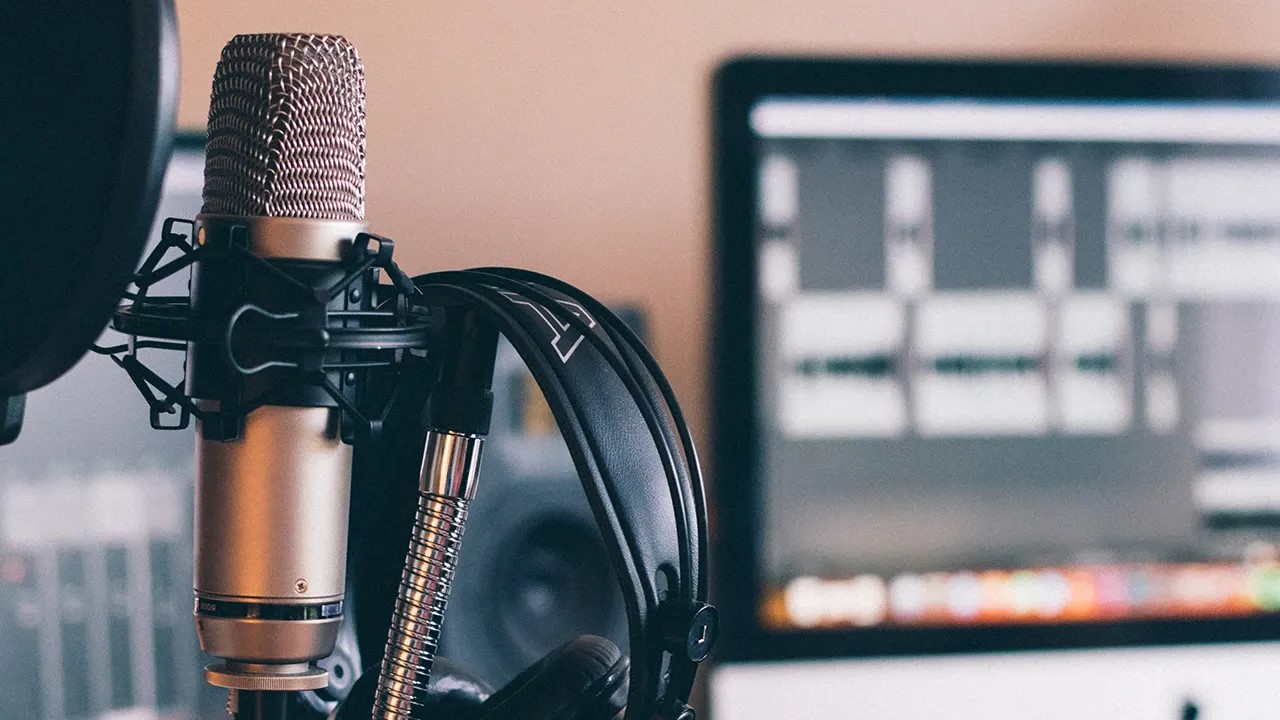
Audio to text conversion technology has transformed how we interact with digital content, making information more accessible and workflows more efficient. This innovative tool converts spoken language into written text, opening up a world of possibilities for professionals, students, and anyone in need of transcription services. From enhancing accessibility for the hearing impaired to facilitating content creation and data analysis, the benefits are vast. As technology advances, so do the accuracy and speed of these conversions, making it an indispensable tool in various fields. Whether you're looking to transcribe lectures, meetings, or interviews, understanding the capabilities and limitations of audio to text conversion is key. Here, we'll dive into 20 fascinating facts about this technology, shedding light on its development, applications, and impact on our daily lives.
What is Audio to Text Conversion Technology?
Audio to text conversion technology, also known as speech-to-text or voice recognition technology, transforms spoken words into written text. This innovative tool has become increasingly popular for various applications, from dictation software and automated transcription services to assistive devices for individuals with disabilities.
-
Speech recognition algorithms are at the heart of audio to text conversion technology. These sophisticated systems analyze the sound waves of speech, breaking them down into individual phonemes (the smallest units of sound in a language) to interpret and transcribe them into text.
-
Accuracy levels of audio to text conversion have seen significant improvements over the years. Modern systems can achieve accuracy rates of over 95% under optimal conditions, which include clear speech, minimal background noise, and the use of high-quality microphones.
How Does Audio to Text Conversion Work?
Understanding the mechanics behind audio to text conversion reveals the complexity and ingenuity of this technology.
-
The process begins with acoustic modeling, where the system matches audio signals to phonetic units. This step involves analyzing the sounds to identify patterns that correspond to specific phonemes.
-
Language modeling follows, where the system uses a database of words, phrases, and grammatical rules to predict and assemble the most likely text output based on the identified phonemes.
-
Contextual analysis is often employed to improve accuracy, especially in cases where words sound similar but have different meanings. The technology uses the context of the sentence or phrase to determine the correct word, enhancing the overall quality of the transcription.
Applications of Audio to Text Conversion
This technology's versatility has led to its application in numerous fields, making tasks easier and more efficient.
-
In healthcare, doctors and medical professionals use audio to text conversion for dictating patient notes and transcribing medical records, saving time and improving record accuracy.
-
Legal professionals benefit from this technology by transcribing interviews, court sessions, and depositions, which aids in documentation and case preparation.
-
For content creators, converting podcasts or video content to text can boost accessibility and SEO, reaching a wider audience by providing transcripts or captions.
-
Educational institutions utilize audio to text conversion to offer transcriptions of lectures and seminars, making information more accessible to students, especially those with hearing impairments or other disabilities.
Challenges and Limitations
Despite its advancements, audio to text conversion technology faces several challenges that affect its performance and reliability.
-
Accents and dialects can significantly reduce transcription accuracy, as systems may struggle to recognize and correctly interpret speech patterns that differ from the training data.
-
Background noise and poor audio quality can hinder the system's ability to accurately capture and process speech, leading to errors in the transcription.
-
Homophones and words with similar phonetic profiles pose a challenge for accurate recognition and transcription, requiring advanced contextual analysis to resolve ambiguities.
Future Directions
The future of audio to text conversion technology holds promising advancements and potential applications.
-
Continuous learning and adaptation mechanisms are being developed to allow systems to better understand and transcribe diverse accents, dialects, and languages, broadening their usability.
-
Integration with artificial intelligence (AI) and machine learning is enhancing the technology's ability to understand context, recognize speech patterns more accurately, and even predict user needs.
-
Real-time transcription services are becoming more sophisticated, offering near-instantaneous conversion of speech to text for live broadcasts, meetings, and conversations.
-
Increased accessibility features are being developed to support individuals with disabilities, providing more effective communication tools and improving quality of life.
The Impact on Society
Audio to text conversion technology has a profound impact on how we communicate, access information, and conduct business.
-
It has democratized content creation and consumption, enabling creators to produce accessible content and consumers to engage with media in new ways, such as reading transcripts of audio or video materials.
-
Workplace efficiency has improved, with professionals across various industries leveraging the technology to streamline documentation, reduce manual transcription efforts, and focus on more strategic tasks.
-
Educational access has expanded, offering students of all abilities more ways to engage with learning materials, participate in classes, and achieve academic success.
-
Finally, the technology has enhanced inclusivity, breaking down barriers for individuals with hearing impairments or other disabilities, fostering a more inclusive society where everyone has equal access to information and opportunities.
A Final Note on Audio to Text Tech
Audio to text conversion technology has reshaped how we interact with digital content, making information more accessible and workflows more efficient. From journalists transcribing interviews to students capturing lecture notes, this tech offers a wide array of applications. Its continuous improvement promises even greater accuracy and speed, ensuring that language barriers and accessibility issues become less of a hurdle in communication. As we've seen, the potential for growth in this field is immense, with advancements in AI and machine learning paving the way for more sophisticated systems. Whether for professional use, educational purposes, or personal convenience, audio to text conversion stands as a testament to human ingenuity in making our lives easier. Embracing this technology means staying ahead in a world where speed and efficiency are paramount.
Was this page helpful?
Our commitment to delivering trustworthy and engaging content is at the heart of what we do. Each fact on our site is contributed by real users like you, bringing a wealth of diverse insights and information. To ensure the highest standards of accuracy and reliability, our dedicated editors meticulously review each submission. This process guarantees that the facts we share are not only fascinating but also credible. Trust in our commitment to quality and authenticity as you explore and learn with us.


